Malfunctions of Miele washing machines
 Manufacturers Miele claim that their machines serve regularly for 20-30 years. The information is quite truthful - due to the high quality of assembly, these washing machines rarely break down. The good news is that repairs are inexpensive. But this technique also fails sooner or later. Moreover, there are also typical malfunctions of a Miele washing machine, which it is better to get acquainted with in advance.
Manufacturers Miele claim that their machines serve regularly for 20-30 years. The information is quite truthful - due to the high quality of assembly, these washing machines rarely break down. The good news is that repairs are inexpensive. But this technique also fails sooner or later. Moreover, there are also typical malfunctions of a Miele washing machine, which it is better to get acquainted with in advance.
Service statistics
Spare parts for Miele appliances are of high quality: they are manufactured under strict control and using unique technologies. As a result, the percentage of manufacturing defects leading to serious breakdowns tends to zero. This data is confirmed by statistics from service centers:
- 89% of calls to specialists occur due to violation of the operating conditions of the washing machine, power surges or too hard water;
- 9% of complaints are about poor quality assembly or defects that arose during transportation and storage;
- 2% – due to defective parts and components.
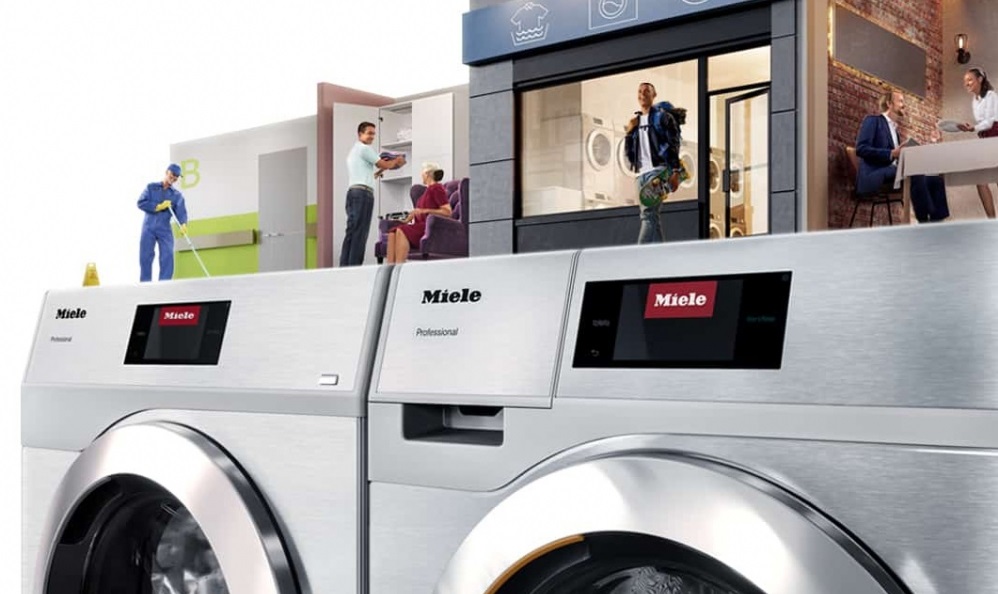
Factory defects and poor-quality assembly on Miele models are extremely rare. In the vast majority of cases, the store or the user himself is to blame. The realities of Russian life also contribute - constant voltage surges and hard water shorten the life of trouble-free service. The latter is especially dangerous, since the presence of impurities in the water supply leads to the deposition of scale on components, which ultimately affects even electronics. But Miele also has weak points - typical malfunctions. We’ll tell you point by point what these problems are and how to fix the problem.
Most common fault codes
Modern washing machines even break down conveniently.We are talking about a built-in self-diagnosis system, which greatly simplifies the search for a malfunction. As soon as the machine notices a malfunction, an analysis is carried out, and the test result is displayed on the display with the appropriate code. As a rule, the following combinations are displayed more often:
- F10 – problems with water intake;
- F15 – the water drawn into the tank is too hot;
- F20 – failure when heating water;
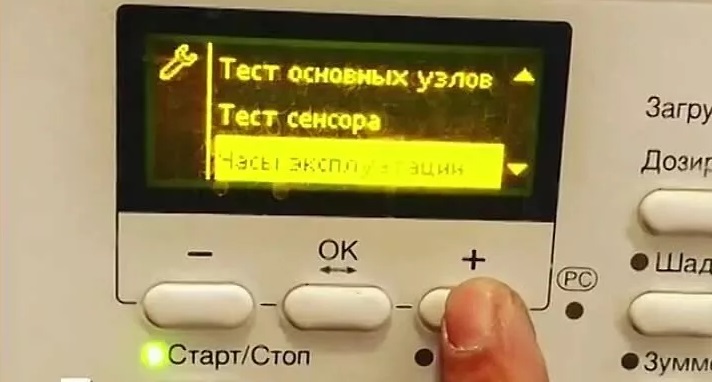
- F34 – the door is not locked tightly, there is no tightness;
- F35 – problems with hatch locking.
Most often, Miele machines break down due to user errors, power surges and too hard water.
The self-diagnosis system on Miele includes many more possible errors, but these codes are considered the most common. It is advisable to get to know them better, find out the causes, consequences and repair tactics.
Water does not pass through the filter
Common Miele problems include clogged filtration systems. In this case, problems arise with collecting or draining water. More often, the inlet filter mounted at the entrance to the machine “suffers”.
The manufacturer offers to install improved inlet filters in the machines, which involve both cleaning and softening of tap water.
The problem is resolved by cleaning the filters. There are only two of them: one involves rough cleaning and is installed in tap water, and the second looks like a mesh and is located at the junction of the inlet hose and the Miele body. More often than not, the last nozzle gets dirty, which you can easily wash with your own hands. We proceed like this:
- unscrew the screws holding the top cover;
- remove the “top” by pushing it away from you and lifting it;

- we determine the place where the inlet hose connects to the body;
- find the filter mesh;
- use pliers to cling to the mesh and pull it out of the grooves;
- clean the nozzle with a brush or flat object;
- return the clean mesh to the grooves;
- screw the removed panel.
On vertical models from Miele, you can also clean the filling mesh yourself. As for the coarse filter, you will have to disconnect the hose from the water pipe, remove the tap and let the flow wash the part. The main thing is to prevent a flood by replacing the container. The drain often becomes dirty. More precisely, the garbage filter, which is located behind the false panel at the bottom of the washing machine body. It is through it that waste water passes, so not only dirt and plumbing impurities settle on the nozzle, but also threads, lint, hair and other debris that gets into the dispenser with things. To prevent the nozzle from becoming clogged, you need to wash it every 2-3 months.
UBL is not functioning
A faulty UBL is a typical problem on Miele. Sometimes a manufacturing defect or a failure in the control board is to blame, but more often it is due to careless closing of the door. The plastic latches that secure the hatch are fragile and break if you press too hard on the hinges. A mechanical lock can withstand the load, but an electronic lock becomes unusable.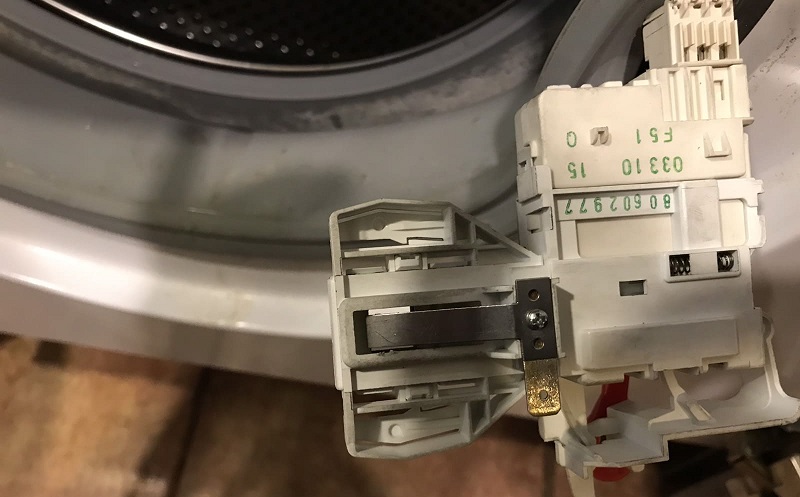
It is useless to repair the blocker - the sensitive mechanism immediately fails. You will have to install a new UBL, the price for which for Miele will be about 3500-4000 rubles. But before you go for a replacement, you should make sure that the old device is faulty. First we remove the UBL:
- open the door;
- We look for two self-tapping screws near the lock that hold the lock;
- loosen the outer clamp on the cuff and tuck the seal inside the drum;
- through the opened gap we get to the UBL and unhook the connected wiring;
- we take out the blocker from the case.
The removed UBL must be inspected and tested with a multimeter. Having confirmed the malfunction, we look for a replacement and install a new blocker according to the previously given instructions.
Part responsible for heating water
One of the most vulnerable spare parts from Miele is the electric heater. This is due to the coating used on heating elements, which literally attracts scale. Without cleaning, the element becomes overgrown with a layer of lime, overheats and fails. As a result, the system detects the problem and displays the error code “F20”, that is, the water is not heated. First of all, we diagnose the heating element.
- We turn the machine with the back panel forward.
- Unscrew the metal wall.
- We find a heating element under the tank - a metal “die” with wires.
- We attach probes to the contacts and look at the display.
Normally, the heating element shows 20-40 Ohms. In case of deviations, repair will not help - only replacement. First, we dismantle the old device, and then we buy an original spare part from a trusted supplier and install it in the “socket”, proceeding in the reverse order.
Interesting:
Reader comments
- Share your opinion - leave a comment
Categories
Washing machine repair


For buyers

For users

Dishwasher

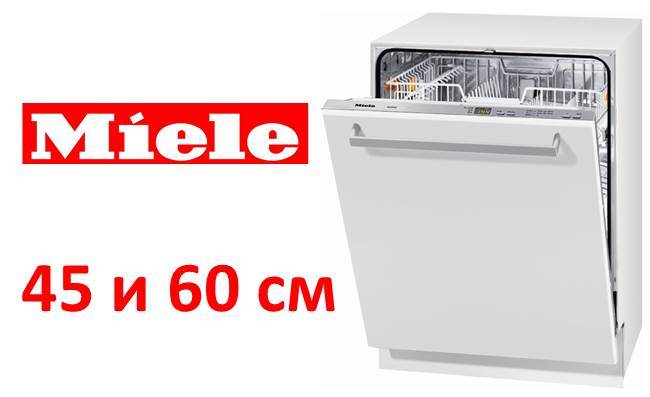
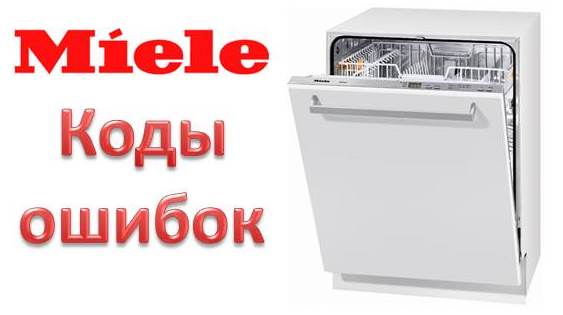














Add a comment